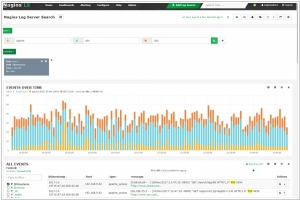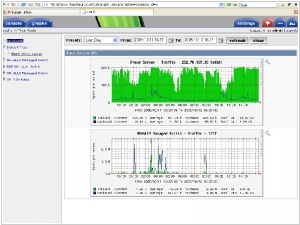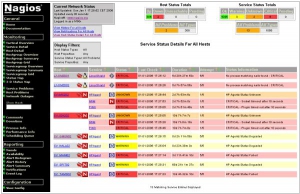Cacti vs Nagios
July 25, 2023 | Author: Michael Stromann
See also:
Top 10 IT Monitoring software
Top 10 IT Monitoring software
Cacti and Nagios are both widely used open-source network monitoring tools, but they serve different purposes in the network monitoring landscape. Cacti is primarily focused on graphing and data visualization, utilizing SNMP (Simple Network Management Protocol) to collect data from network devices and presenting it through visually appealing graphs and charts. It excels in providing historical performance metrics over time, making it ideal for users who prioritize data visualization. On the other hand, Nagios is a comprehensive monitoring and alerting system that focuses on real-time monitoring of network devices, services, and applications. It uses plugins to actively check the health and availability of network resources and provides immediate alerting in case of any issues. Nagios is designed for proactive monitoring and helps network administrators respond swiftly to critical events.
See also: Top 10 IT Monitoring software
See also: Top 10 IT Monitoring software
Cacti vs Nagios in our news:
2014. Nagios launched log management solution

Nagios has introduced Nagios Log Server, a robust enterprise-level solution for monitoring and managing logs. This innovative offering empowers organizations to effortlessly view, sort, and configure logs from any source within their network. By augmenting Nagios' existing network management solutions, Log Server equips users with the capability to thoroughly analyze network events, logs, and performance benchmarks. The introduction of Nagios Log Server simplifies the management of network log data, enabling users to swiftly set up monitoring for their logs using configuration wizards. With a centralized dashboard and user-friendly management interface, Log Server facilitates seamless oversight and detailed examination of infrastructure issues, network errors, and log events.





